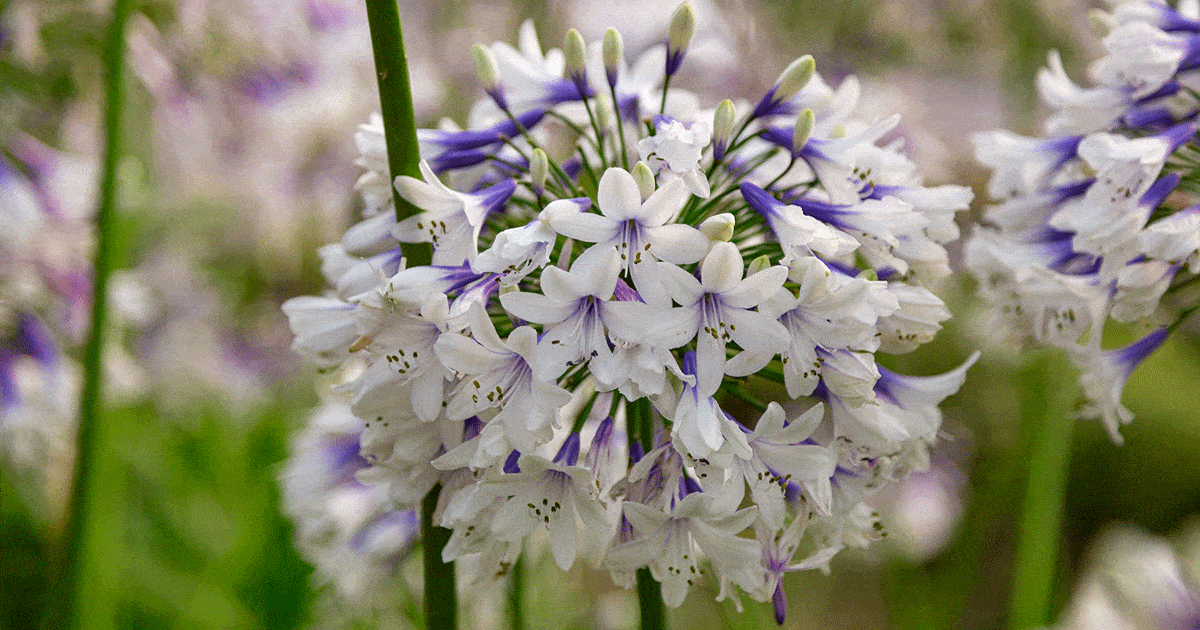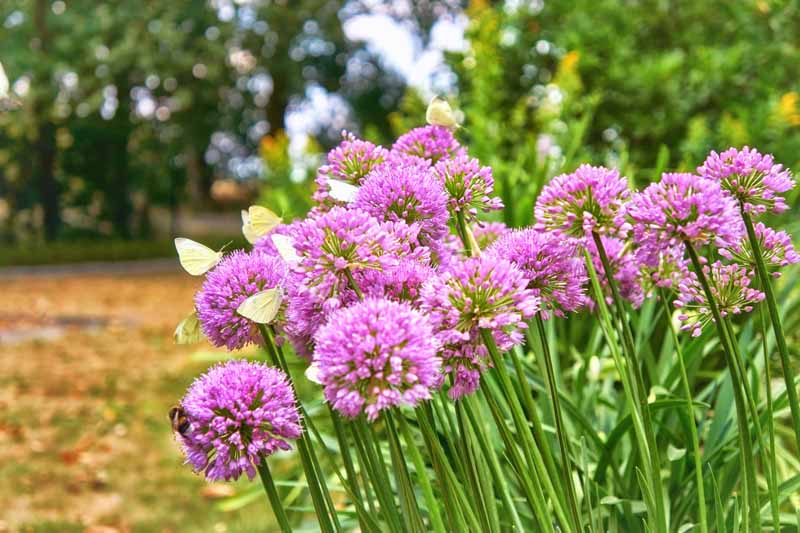Agapanthus Breeding: Tips for Expanding Your Plant Collection
Agapanthus Breeding: Tips for Expanding Your Plant Collection
Blog Article
Grasping the Art of Agapanthus Care: Necessary Steps for Healthy Growth and Dynamic Flowers
In the realm of cultivation, the growing of agapanthus stands as a fulfilling venture for those who look for to nurture these stylish flowering plants. With their striking blooms and graceful vegetation, agapanthus has actually recorded the interest of gardeners worldwide. However, achieving optimal growth and vivid blossoms requires a nuanced strategy that incorporates numerous essential steps. From choosing the ideal variety to understanding trimming techniques, the trip towards cultivating thriving agapanthus plants is multifaceted and holds the crucial to opening the full possibility of these agricultural treasures.

Selecting the Right Agapanthus Selection

When picking the appropriate Agapanthus variety for your yard, think about variables such as environment viability, blossom color, and development practice. Furthermore, take into consideration the climate in your area to ensure the Agapanthus selection you pick can grow in your details conditions. Understanding the growth routine of various Agapanthus varieties is vital for appropriate positioning within your yard.
Suitable Growing Problems
Considering the optimal environmental needs is necessary for effective Agapanthus farming. Agapanthus prospers in well-draining soil with a somewhat acidic to neutral pH degree. When planting, pick a place that gets full sunshine to partial shade. In hotter climates, providing some mid-day shade can prevent scorching of the fallen leaves. Agapanthus plants are sensitive to chilly temperatures and need to be secured from frost throughout winter season months.
To guarantee healthy growth and dynamic flowers, plant Agapanthus bulbs at a deepness of about 2-4 inches and area them 8-12 inches apart. Including raw material, such as garden compost, to the soil can boost drainage and fertility, advertising durable origin growth. Mulching around the base of the plants assists maintain dampness and reduces weed growth. Regular watering is vital, specifically during the expanding period, to maintain the dirt constantly damp but not soaked.
Watering and Fertilizing Tips
Preserving appropriate moisture degrees and providing essential nutrients are crucial elements in the care regimen for Agapanthus plants. It is essential to strike an equilibrium when it comes to sprinkling Agapanthus. These plants prefer regularly damp soil however are vulnerable to root rot if overwatered. Throughout the expanding season, water deeply as soon as a week, making sure the soil is well-draining to avoid waterlogging. In hotter climates or during periods of dry spell, more regular watering may be essential to maintain the soil equally damp. However, reduce watering in the winter months to avoid waterlogged problems.
Fertilizing Agapanthus is vital for advertising healthy growth and respected blossoms. Apply a balanced fertilizer, such as a 10-10-10 formula, in the early spring as brand-new development emerges. By adhering to these watering and feeding suggestions, you can guarantee your Agapanthus plants flourish and produce dynamic, resilient blooms.
Pruning Methods for Agapanthus
Pruning Agapanthus plants at the ideal times and with proper strategies is important for maintaining their health and wellness linked here and advertising ideal growth and blooming. The optimal time to prune Agapanthus is in late winter or very early springtime before new growth arises.
For flowered stems, wait till the blossoms have actually withered and afterwards trim them back to the base. This not just cleans the plant's appearance however also urges the advancement of brand-new flower buds. Deadheading spent blossoms can likewise redirect the plant's power into creating more flowers instead of establishing seeds. Nonetheless, if you desire to gather seeds for propagation, leave some flowers to dry and fully grown on the plant.
Remember to make use of clean, sharp tools to make accurate cuts and decrease the danger of presenting diseases. Agapanthus. Regular pruning will help keep your Agapanthus looking neat and healthy and balanced while making sure a plentiful display of gorgeous blossoms
Handling Common Insects and Diseases
After making certain appropriate trimming methods for Agapanthus, it is essential to resolve usual pests and illness that can influence the wellness and vigor of these plants. One usual parasite that affects Agapanthus is the Agapanthus gall midge.
In addition, Agapanthus plants can endure from root rot if they are grown in poorly draining pipes soil. By being cautious and taking prompt activity against illness and bugs, you can help your Agapanthus plants prosper and generate vivid blooms. Agapanthus.

Conclusion
Finally, grasping the art of agapanthus care involves selecting the appropriate range, giving ideal growing conditions, appropriate watering and feeding, ideal trimming strategies, and addressing typical pests and illness. By following these go right here essential actions, you can make sure healthy and balanced growth and lively flowers for your agapanthus plants. Keep in mind to consistently monitor and maintain your plants to promote their overall well-being and longevity.
To make sure healthy growth and lively flowers, plant Agapanthus bulbs at a depth of regarding 2-4 inches and space them 8-12 inches apart. By complying with these watering and fertilizing ideas, you can guarantee your Agapanthus plants grow and generate dynamic, durable flowers.
One typical insect news that impacts Agapanthus is the Agapanthus gall midget. In addition, Agapanthus plants can endure from origin rot if they are planted in badly draining pipes dirt. By complying with these crucial steps, you can make certain healthy and balanced development and vibrant flowers for your agapanthus plants.
Report this page